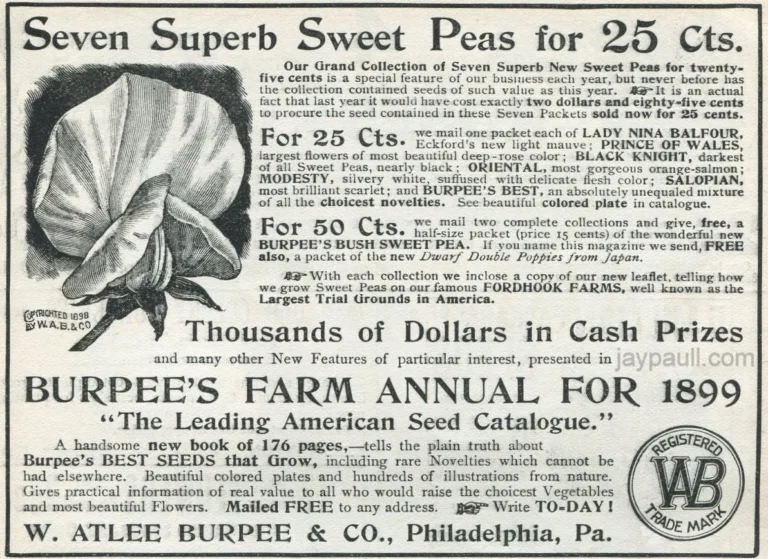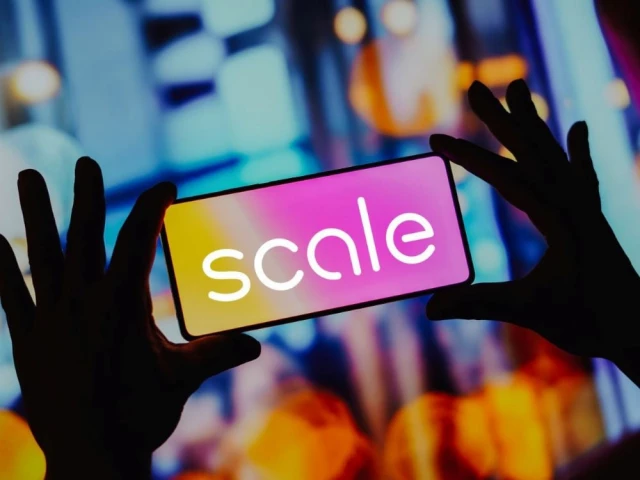
Not every brand is born premium. Some start in the value aisle and climb their way to boutique shelves and luxury status. But premiumizing a brand isn’t just about slapping on a higher price tag—it’s a carefully timed strategy that blends perception, positioning, and real value creation.
So, how do brands know when the time is right to go premium? And how can they do it without alienating their loyal base? In this post, we’ll break down the signs, the risks, the rewards, and real-world examples of brands in the U.S. that got it right (and a few that didn’t).
Why Brands Choose to Premiumize
Brands decide to go premium for different reasons:
- Higher margins: Premium products justify higher pricing.
- Changing audience: As consumers evolve, so must a brand’s identity.
- Market saturation: A premium play can differentiate in a crowded space.
- Cultural cachet: Premium brands often enjoy stronger brand equity and cultural relevance.
Let’s explore some iconic brand case studies that illustrate how (and when) the strategy pays off.
Also Read : Silent Salesmen: How Packaging Drives Product Discovery
Case Study 1: Apple – From Tech Brand to Lifestyle Icon
Apple wasn’t always a luxury name. In the late ’90s, the brand was struggling—until Steve Jobs returned and repositioned Apple as aspirational. With sleek product design, minimalist packaging, exclusive experiences (like Apple Stores), and premium pricing, Apple made technology desirable, not just functional.
The Timing Factor:
Apple timed its premiumization with innovation. The iPod and later the iPhone redefined entire categories, justifying their high-end positioning. Apple didn’t just go premium—they changed the game.
Lesson: Premiumization works best when it’s aligned with innovation and a clear leap in customer value.
Continue reading…
(Next, a fast-food brand that flipped expectations and a soda that got it wrong.)


